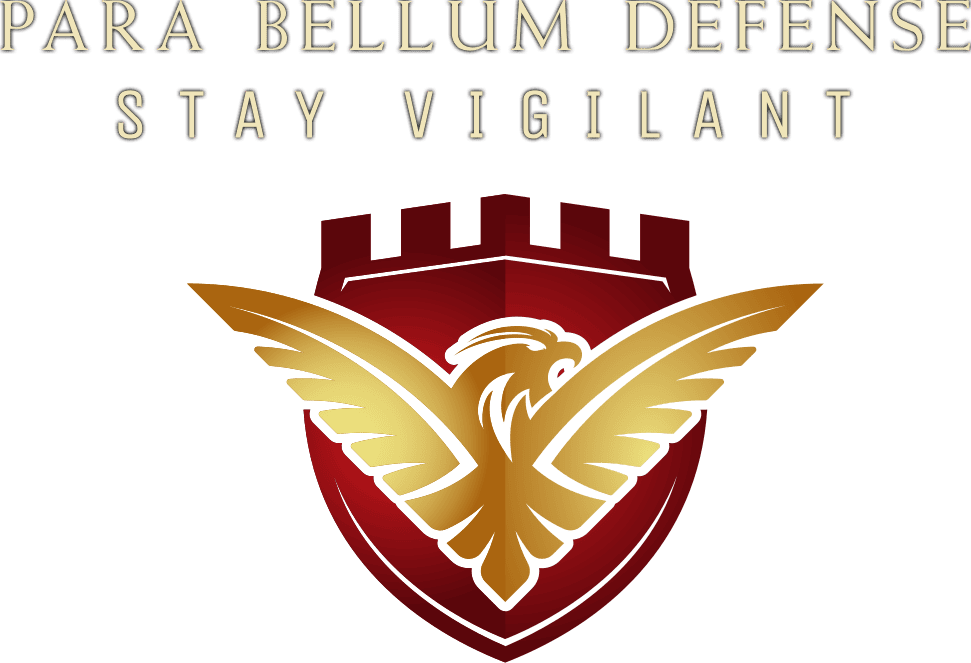
free shipping on orders over $25
We’re having a sale on all our products. Enter your email below to be notified about future sales.


So, picture this: You’re walking down a dimly lit street, feeling the cool night air on your skin, when suddenly a shadow appears, making you feel threatened. But hey, wouldn’t it be amazing to have a way to protect yourself without causing harm? Well, you’re not alone, and guess what? There are methods and tools made just for this exact purpose.
From verbal de-escalation techniques to personal alarms and tactical flashlights, non-lethal self-defense tactics offer a beacon of hope for a safer world. But how effective are these methods, and what should you know before you rely on them?
Let’s delve deeper into this topic, and you might uncover the secret to protecting yourself and your loved ones, all while fostering peace.
When you’re looking into ways to defend yourself without causing serious harm, it’s important to prioritize your safety while also minimizing harm to the person threatening you. The goal is not to seriously injure them but to stop the threat and get away safely. Non-lethal defense methods provide a variety of options, including physical techniques and devices that can deter without causing lasting harm.
When faced with a dangerous situation, you can use personal alarms, pepper spray, or tactical flashlights to disorient an attacker. These tools are meant to help you escape to safety by creating a crucial moment to retreat. Remember, the main aim is not to engage in a fight but to get away. By using these tactics, you’re giving yourself time to put space between you and the danger.
Training in non-lethal defense can boost your confidence and preparedness. By understanding your options and practicing their use, you’re better equipped to handle a threatening situation without escalating it. This knowledge empowers you to protect yourself effectively, ensuring you’re not left feeling vulnerable in potentially dangerous scenarios.
Let’s dive into verbal de-escalation techniques as a way to calm down tense situations without making things worse. Instead of focusing on devices or physical actions, we’ll explore how using the right words can help defuse conflicts. By talking in a way that soothes rather than provokes, you can make a big difference in preventing things from getting out of hand. Here are some tips for communicating effectively to keep things calm and safe:
| Technique | Description |
|---|---|
| Active Listening | Show that you’re paying attention and care about what the other person is saying. |
| Empathy Expression | Demonstrate understanding and concern for the other person’s feelings and perspectives. |
| Calm Tone of Voice | Use a soft, calm voice to convey peace and non-threat. |
| Open-ended Questions | Ask questions that require more than a yes or no answer to encourage dialogue. |
| Agree to Disagree | Acknowledge differences without insisting on resolution, showing respect for differing viewpoints. |
Your body language says a lot even before you speak a word. It plays a big role in self-defense, either making a situation more tense or calming it down. How you stand, your facial expressions, and even where you look can affect how someone sees you in a potentially dangerous situation. It’s not just about looking confident, but also about being alert and ready without making things worse.
To harness the power of body language effectively, consider these key strategies:
Have you thought about how having a personal alarm could make a big difference in keeping you safe? Personal alarms are small, easy to carry, and can be extremely helpful in dangerous situations. They create a loud noise that can scare off attackers and draw attention to your situation, giving you the opportunity to get away or get help.
Here’s a quick guide to understanding personal alarms better:
| Feature | Benefit |
|---|---|
| Loudness | Deters potential attackers |
| Portability | Easily carried on your person or belongings |
| Ease of Use | Activated quickly, often with a single button press |
| No Training Required | Intuitive design for immediate use |
Carrying a personal alarm means you’ve got a reliable tool that doesn’t require physical strength to use effectively. Whether you’re walking home late at night, jogging in secluded areas, or navigating crowded spaces, a personal alarm can provide an added layer of security. It’s about making noise, making your presence known, and making would-be attackers think twice. With a personal alarm in your pocket, you’re not just prepared; you’re protected.
In addition to personal alarms, considering defensive spray options can further enhance your safety measures. These sprays are an effective way to deter an attacker without resulting in permanent harm. They provide an immediate yet temporary incapacitation, giving you the chance to escape and seek help. As you explore your options, it’s vital to choose one that fits your lifestyle and comfort level.
Here are three types of defensive sprays you should consider:
Each option has its pros and cons, so it’s crucial to research and practice with your chosen defensive spray to ensure you’re prepared to use it effectively in an emergency.
Adding a tactical flashlight to your self-defense arsenal can significantly enhance your safety during nighttime or in dimly lit environments. Unlike regular flashlights, tactical ones are designed with self-defense in mind. They’re compact, making them easy to carry in your pocket or purse, ensuring you’re always prepared.
What sets these flashlights apart is their brightness. A tactical flashlight can temporarily blind an attacker, giving you precious seconds to escape or seek help. It’s not just about blinding, though. The intense beam can help you identify threats from a distance, allowing you to avoid potential dangers before they’re too close.
Moreover, many tactical flashlights come with additional features such as strobe modes. The disorienting effect of a strobe can be invaluable in a confrontation, further enhancing your ability to defend yourself without resorting to violence.
It’s also worth mentioning their durability. Built to withstand harsh conditions, a tactical flashlight can endure drops and impacts that would damage ordinary flashlights. This reliability ensures that when you need it most, your flashlight won’t let you down.
Incorporating a tactical flashlight into your safety plan is a smart move. It’s a simple, effective tool that can make a big difference in your personal security.
When you use a tactical flashlight in dark places, it gives you a big advantage. But if you sign up for self-defense classes, you get a complete approach to staying safe. These classes don’t just teach you physical defense moves; they also help you feel more confident and aware in risky situations.
Self-defense training teaches you to recognize and avoid risky situations, but when avoidance isn’t possible, you’ll be prepared to defend yourself effectively. Here’s how stepping into a self-defense class can make a difference:
Enrolling in self-defense classes offers benefits that extend beyond the ability to fight off an attacker. It’s about building a safer, more confident you.
Improving your home’s security is a critical step in safeguarding yourself and your loved ones from potential threats. One effective measure is installing motion sensor lights around your property. These lights deter intruders by illuminating them as they approach, making it difficult for them to hide in darkness.
You should also consider upgrading your locks, especially on doors and windows, to high-security models that resist picking and brute force attacks.
Another valuable addition is a security camera system. Today’s cameras offer clear footage, night vision, and remote access through your smartphone, allowing you to monitor your home from anywhere. Don’t overlook the importance of a solid, loud alarm system. It’s not just about alerting you to an intrusion; the noise alone can scare off an intruder before they cause harm.
Lastly, reinforce your doors and windows. A sturdy door frame and windows that resist shattering can make a significant difference in preventing entry. Remember, your goal isn’t to create a fortress but to make your home a less attractive target for would-be intruders.
These enhancements, combined with a vigilant mindset, can significantly increase your home’s security without resorting to lethal measures.
After bolstering your home’s security, it’s also vital to understand the legal aspects of self-defense to ensure you’re protected both physically and legally. The laws surrounding self-defense vary significantly from one jurisdiction to another, but there are some common principles you should be aware of. Knowing these can help you navigate tricky situations without stepping over the line.
Here are three key legal considerations to keep in mind:
Understanding these principles ensures you’re defending yourself in a way that’s both effective and legally sound.
Just like David toppled Goliath with a stone, non-lethal tools can be surprisingly effective against armed assailants. Studies show they often de-escalate situations, keeping you safer without resorting to lethal force.
Yes, non-lethal self-defense tactics can sometimes escalate a situation. To minimize this risk, you should be aware of your surroundings, de-escalate verbally if possible, and use the minimum force necessary to ensure your safety.
You’re navigating a maze, seeking safety. For those with disabilities, adapting non-lethal self-defense involves customized training and tools, ensuring you’re not just a player but a strategist in your own protection story.
After using non-lethal self-defense tactics, you might feel stressed or guilty. It’s important to talk about your feelings, seek professional help if needed, and remember you acted to protect yourself without causing permanent harm.
Environmental factors, like weather and crowded spaces, can impact how well your non-lethal self-defense strategies work. You’ll need to adapt your approach based on these conditions to ensure you’re still protecting yourself effectively.